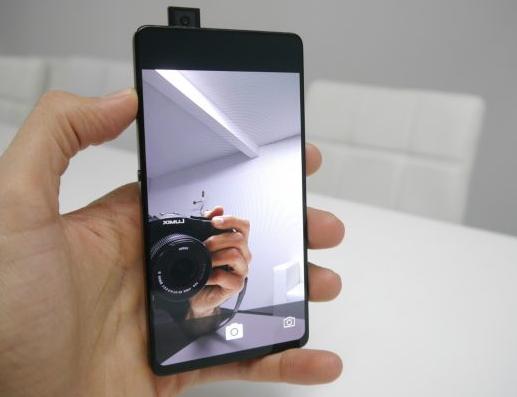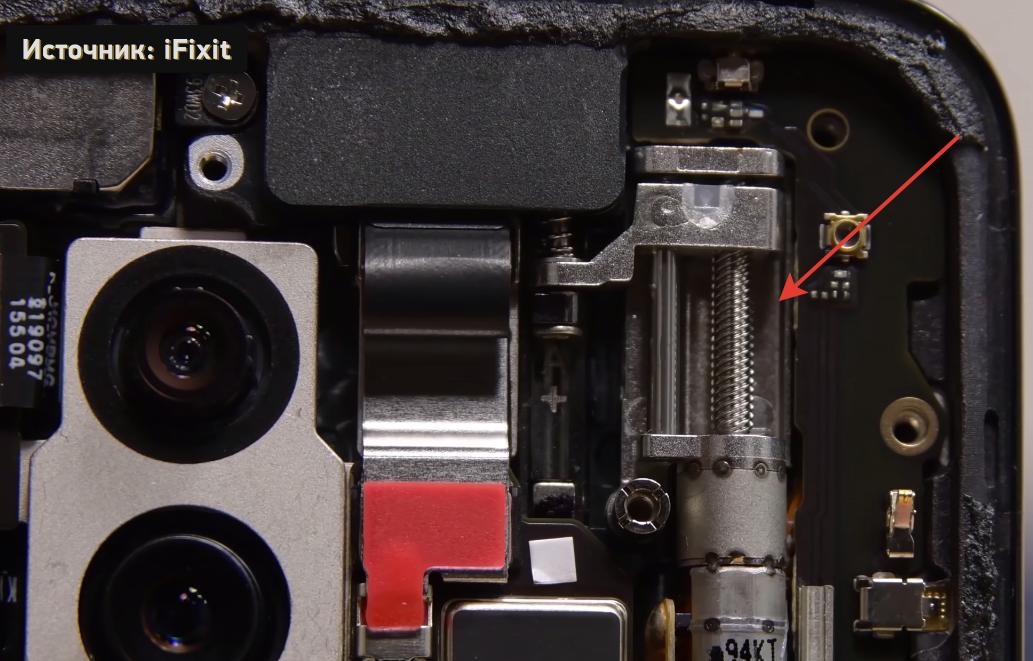Every year, manufacturers come up with things that, in spite of everything, take root in smartphones, for example, the abandonment of the mini jack. It also happens the other way around: there is a good technology, but they refuse it, for example 3D Touch Apple.
What about pop-up cameras in smartphones in 2020? How did this technology appear, how does the mechanism work, what devices were different in what way? In general, I will try to explain why such smartphones are not in demand, and why manufacturers have completely abandoned this technology.
Vivo and OPPO with retractable cameras
The pioneers in retractable camera technology were 2 companies at once, which are part of the BBK holding – these are Vivo and OPPO. Vivo in February 2020 introduced the Vivo Apex smartphone, which had the camera extended by 0.8 seconds.

Vivo Apex
After photographing, the camera went back. And besides, the developers have managed to cram all sorts of sensors under the display. But the smartphone did not enter the market.
Then Vivo Nex S and Vivo Nex A appeared, and they started a new trend to make similar cameras.

Then the OPPO Find X smartphones appeared on the market, Xiaomi Mi 9T, OPPO Reno 2, Asus ZenFone 6 (the camera simultaneously served as the main and front camera thanks to the flip mechanism), Motorola OneHiper (camera looked like one with the body), OnePlus 7 Pro
In fact, a pop-up camera in a smartphone is an unusual thing, but it deprives the device of water resistance.
What is now in 2020? Are there any smartphones with a pop-up camera on the market? You can literally count them on the fingers of new products. A lot of people don't use the front camera at all. Plus, questions arise about the reliability of such cameras.
to the content
How a pop-up camera works
It's pretty simple. Inside the smartphone are small gears and a ribbon cable that connects the camera to the motherboard and moves up and down.

If you take a sober look at this technology, then the mechanism here is durable, and the train will fray faster. Therefore, there is another version of such cameras, when the train is stationary. Those. the camera rises and immediately comes into contact with the desired contacts.
to the content
Outcome
And in conclusion, I will express my opinion on why manufacturers refuse to use pop-up cameras in their smartphones. It's just an expensive production. Although the technology itself is generally reliable and promising – no bangs or notches on the smartphone display.
Plus, the main problem of such cameras is water permeability and the ingress of dust and dirt inside.
